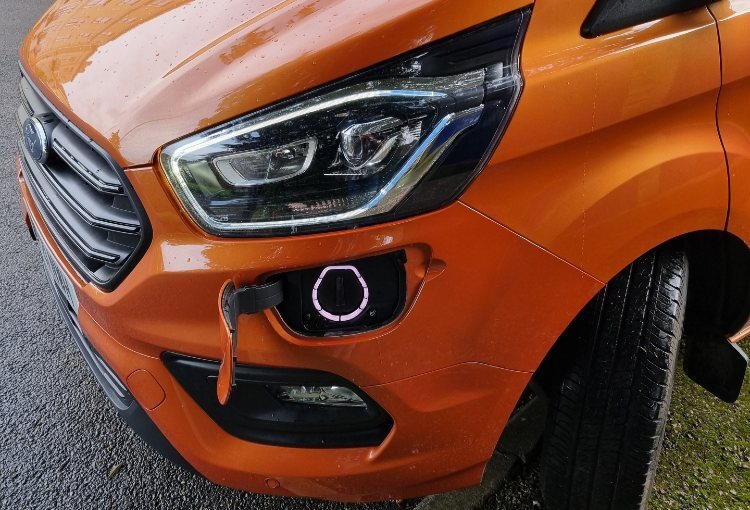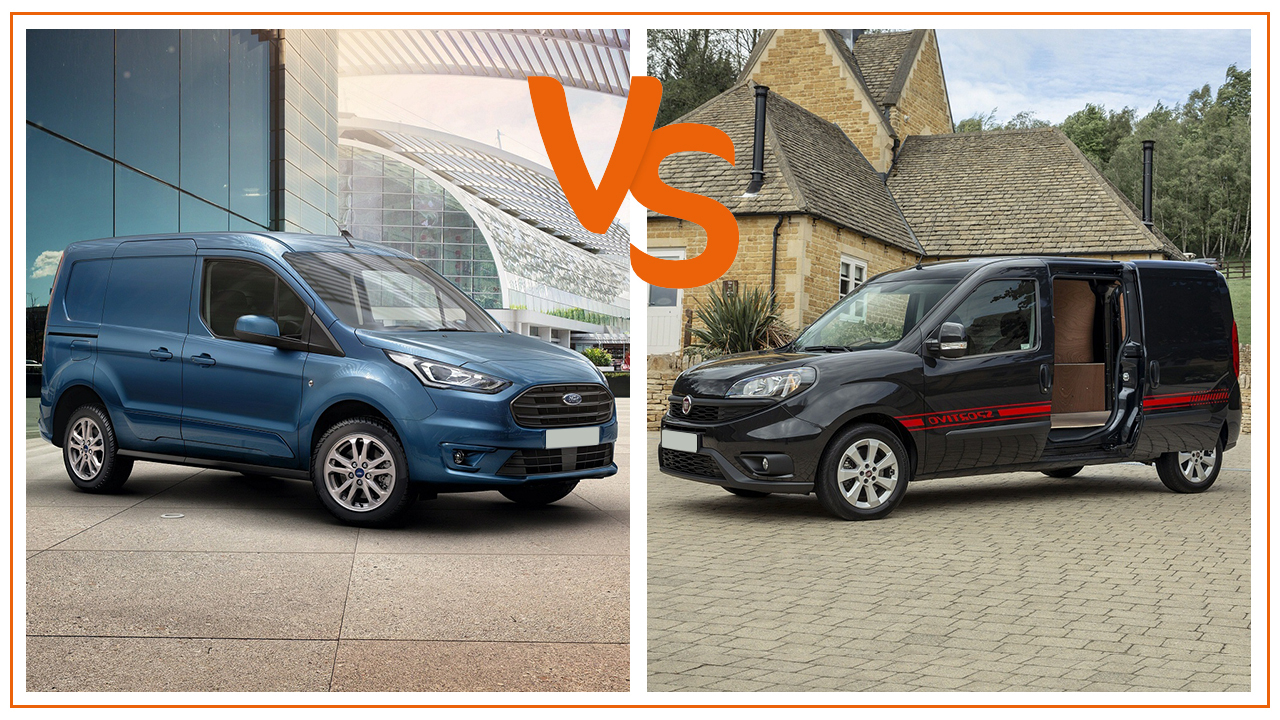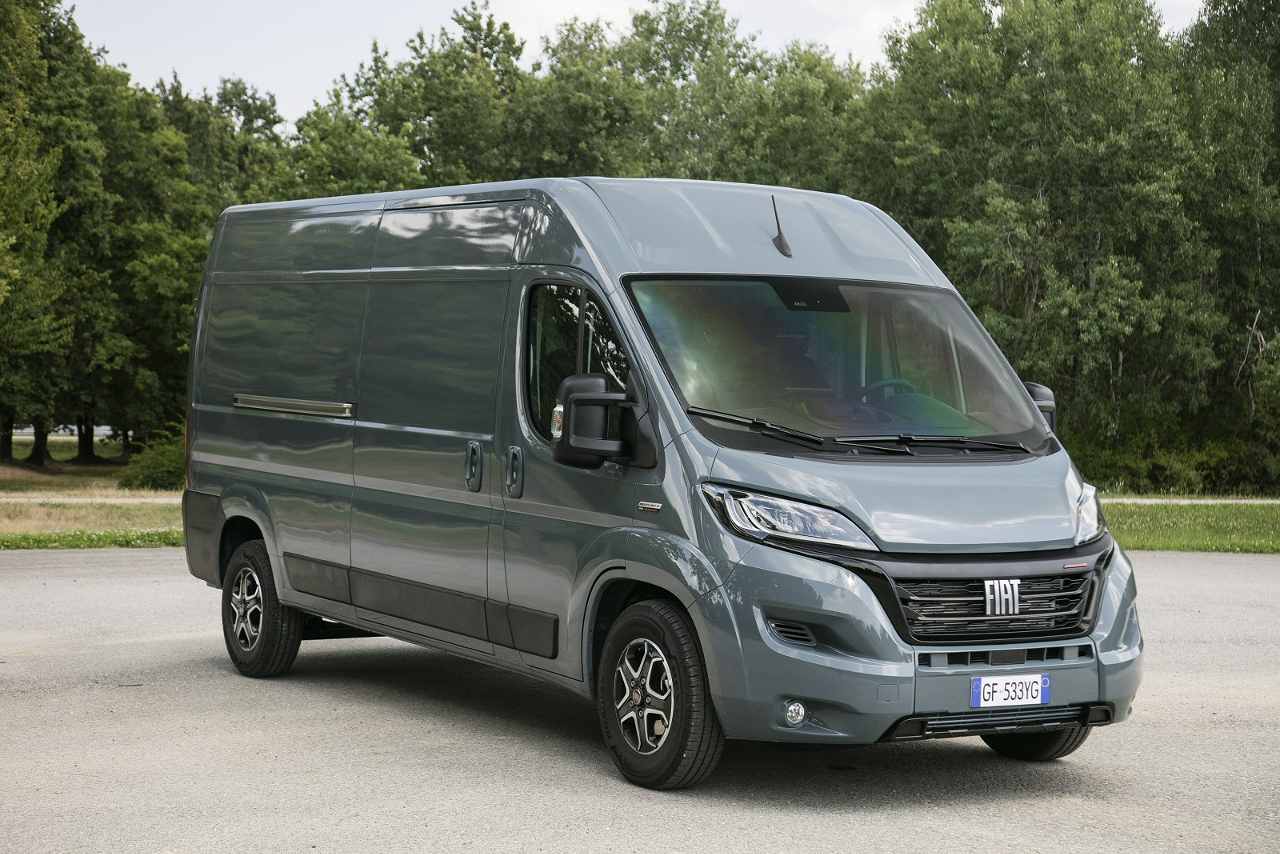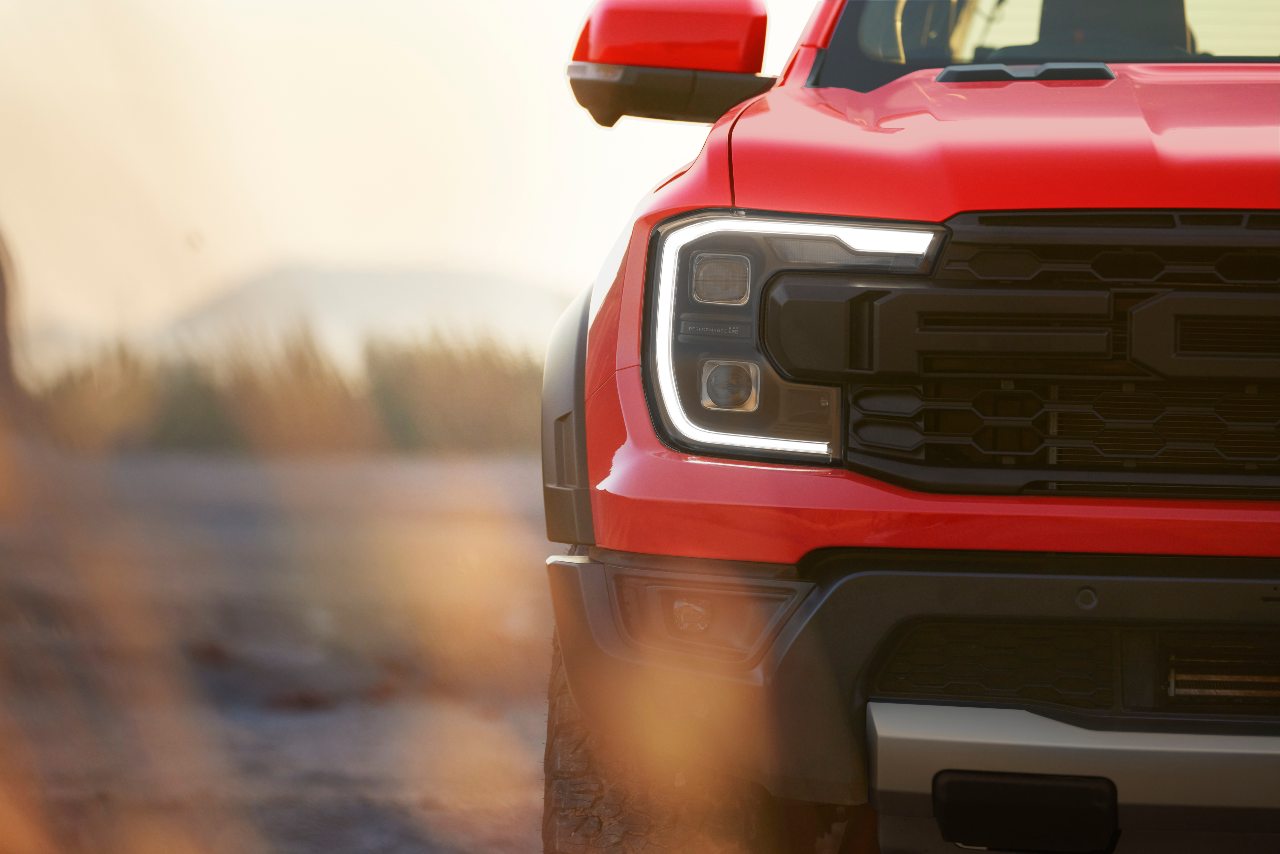With the Ford Transit Custom PHEV now more widely available in the UK, it’s only right that it got a proper shakedown. That’s why Vanarama Van Expert Tom Roberts took this interesting version of the UK’s best-selling van on an epic journey down the M4 from Hemel to Bath & back again.
A romantic weekend away with my wife presented me with a great opportunity to take a commercial vehicle on a proper road test. Before you tell me I’m doing romantic weekends wrong, my Mrs loves being a passenger in a van - it’s the spacious cabins. So, when I told her we would be making use of the Ford Transit Custom PHEV as our main mode of transport, she barely batted an eyelid - it wasn’t to last, and not because of anything I did!
The Transit Custom From ICE to PHEV
The PHEV version of the Ford Transit Custom is a curious medium panel van - it’s at once a tantalising glimpse of the future (now we know the fully-electric version is just around the corner) and a disappointing reminder that a fully-electric version isn’t here yet. Considering that most other van manufacturers have offered fully-electric medium panel vans for a while now, it’s almost inconceivable that Ford have yet to release a fully-electric version of the top-selling Transit Custom.
Tech spec is an interesting mix, as you would expect from a hybrid vehicle. It’s available in two versions - a standard single-cab L1H1 format and a Tourneo passenger version with 8 seats - and both pack the long-lived 124bhp 1.0-litre EcoBoost petrol engine under the bonnet in series with a 92.9kW electric motor and a 13.6kWh lithium-ion battery pack. Yes, you read that right, this is a Ford Transit Custom with a 1.0-litre petrol engine. It doesn’t feel right to type that.
Drivers will get an official electric-only 35-mile range and an overall range of 310 miles with a full tank of petrol. Plugging the van in to charge will take just over 4 hours if your only option is a 3-pin plug, while fast charging the van through a Type 2 socket will take closer to 3 hours. As you’d expect from a hybrid vehicle, the petrol engine never directly drives the wheels, it is instead used as a generator to feed power to the motors when the battery pack drains. And I can’t help but wonder if this is sounding practical to any of my readers.
Leg 1: Hemel To Bath
The first leg of our journey was 122 miles to Bath, and we started off the day with a full 30 miles of electric charge and 150 miles of petrol range, meaning our trip out of Hemel to the M25 was on electric power. It was smooth, quiet and relaxed. About 20 miles later, the battery was drained and the petrol engine spun into life. Quiet driving was over and on went the radio to cover the noise.
Despite having an indicated 30 miles of electric range, we’d only covered around 23 miles by the time we were switched to petrol power. I felt a big difference in driving feeling - electric power offered a refined and reassuringly weighty drive, whereas petrol power made the vehicle feel sluggish and cornering became slightly wobbly.
However, the comfort levels and cabin experience are everything you know and love from the Transit Custom. Ford has van interiors nailed - everything is within an arm’s reach and the infotainment screen is big, bold and incredibly easy to use. You can’t beat a Transit Custom in the places it excels, and those are the cabin, its looks and excellent cargo area. The model I was driving looked especially sharp in the classic Ford metallic burnt orange paintwork and we turned a fair few heads.
We arrived in Bath about 20 minutes later than expected and I couldn’t blame traffic, perhaps unfairly I blame the sluggish performance of the van on the motorway once petrol power took over. Regardless, we arrived in one piece with no back aches and parked the van in the hotel’s one and only charging space, hooked it up and started our holiday.
Leg 2: Bath To Hemel
Misty rain fell on the morning of our return journey and we once again began the drive with 30 miles of electric range and just 40 miles of petrol range. I decided this was a perfect opportunity to test the van by seeing if I could get to Chieveley Services 60 miles away. My wife agreed… sort of.
Luck or fate or whatever was not on our side. We used up all 30 miles of electric power getting onto the M4 and the petrol range began ticking down alarmingly quickly (blame the hilly M4 around Bath if you must). It got a bit edgy in the cabin, with plenty of back and forth with my wife about when/where to pull over for a refill. In short, we ended up stopping at Membury (just 45 miles away from the hotel) to fill up the petrol tank and travelled the remaining 80 miles home on petrol power. I was relieved, but also left wondering if it was me or the vehicle that was at fault. Was I driving it wrong? I mean, there’s no gears, the vehicle does it all for you… I decided that it wasn’t me. My wife disagreed.
By the time we got home I was very ready to put my feet up, have a cuppa and jot down my thoughts. The range test hadn’t gone as well as I’d hoped, but I wasn’t going to let that blur my thinking (much).
Tom’s Verdict
Cards on the table, I’m a huge fan of how great the Transit Custom PHEV feels to drive when it’s on full-electric power. I’m not a fan of when the battery runs dry and petrol power takes over. But - and this is a big but - I can see it working for SOME tradespeople, specifically local-area tradespeople who can keep the van’s batteries topped up (through charging or regenerative braking) and only have to use petrol power once in a while, and those who require free entry to any city planning to establish a Clean Air Zone.
Beyond those use cases, I can’t help but feel the Transit Custom PHEV serves more potently as a reminder to van manufacturers to keep up with the times. The majority of Ford’s competitors have had all-electric versions of their medium vans available since 2020 and before. And, while the Transit Custom is THE best-selling medium panel van in the UK, it’s their Transit large van which will be available here in all-electric form first.
It’s an undeniably clever van. If the batteries are kept topped up it’s a pleasure to drive, but the sparkle fades when the little noisy petrol engine spins into life. Ultimately, features like geofencing are fascinating in their own right, but I feel the van as a whole proposition will struggle to find a mainstream audience. Early adopters may see this van as a nice bridging vehicle to help them transition in steps from diesel to electric, but I’d rather wait until the all-electric Transit Custom hits the market - if it drives as well as the PHEV does on electric power, it’ll be THE electric panel van to beat.
For more articles, you can check out our [van features and guides section](https://www.vanarama.com/blog/vans). Or if you're looking for a brand new vehicle, we've got a huge range of [LCVs to lease](https://www.vanarama.com/special-offers.html) at unbeatable prices.






